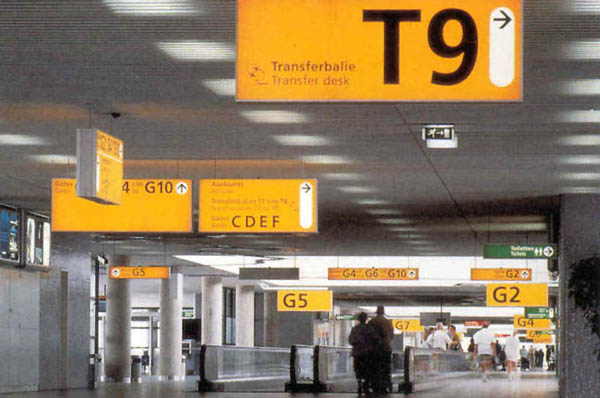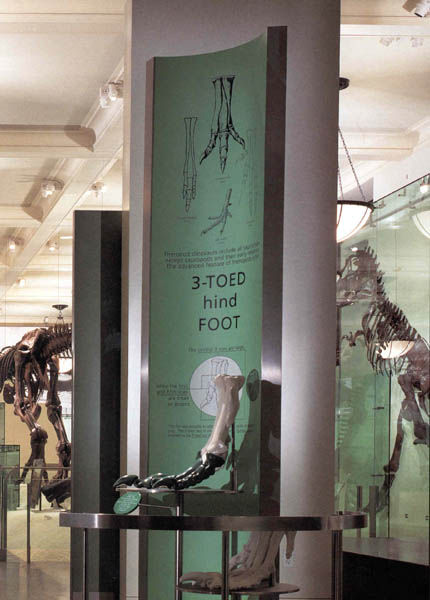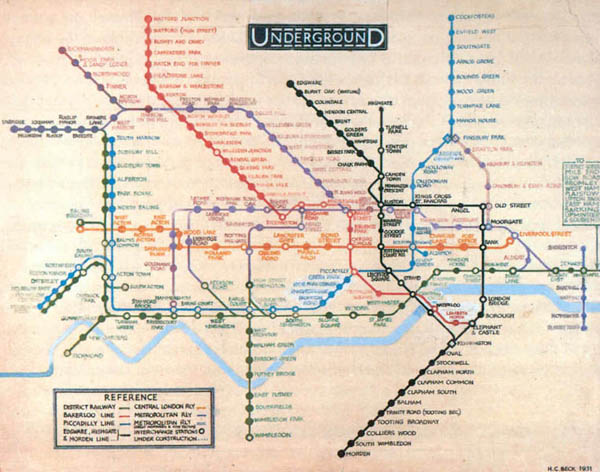 Living in Information Space
Living in Information Space

 Living in Information Space
Living in Information Space
| |
 |
Describing abstract destinations | |||||||||||||||||||||||||||||||||||||||||||||||||||||||||||||||||||||||||||||||||||||||||||||||||
Content versus Index AddressingInformation can be described according to what it is ("content addressing") or where it is ("location addressing") alternatively, you can describe the path to find it. Easy to describe, difficult to findThere are destinations in abstract space that are easy to describe, but difficult to find. | |||||||||||||||||||||||||||||||||||||||||||||||||||||||||||||||||||||||||||||||||||||||||||||||||
Wayfinding | |||||||||||||||||||||||||||||||||||||||||||||||||||||||||||||||||||||||||||||||||||||||||||||||||
In the physical worldInformation structures physical space according to our destination. 
In the information worldPick a number. Now find it. Alternative information spacesWhat if they were page numbers in a book? How do you look for an entry in a dictionary? | |||||||||||||||||||||||||||||||||||||||||||||||||||||||||||||||||||||||||||||||||||||||||||||||||
Structure of abstract space | |||||||||||||||||||||||||||||||||||||||||||||||||||||||||||||||||||||||||||||||||||||||||||||||||
What is the structure of these information spaces?
AlgorithmsThis procedure, dividing the space into smaller halves, is known as binary search. Algorithms are procedures for constructing and navigating abstract spaces. A typical example is a binary tree constructor algorithm. | |||||||||||||||||||||||||||||||||||||||||||||||||||||||||||||||||||||||||||||||||||||||||||||||||
Information in physical space | |||||||||||||||||||||||||||||||||||||||||||||||||||||||||||||||||||||||||||||||||||||||||||||||||
|
Physical space can be given abstract content through information design. 
Physical space can also be navigated using abstract algorithms: 
|
|||||||||||||||||||||||||||||||||||||||||||||||||||||||||||||||||||||||||||||||||||||||||||||||||